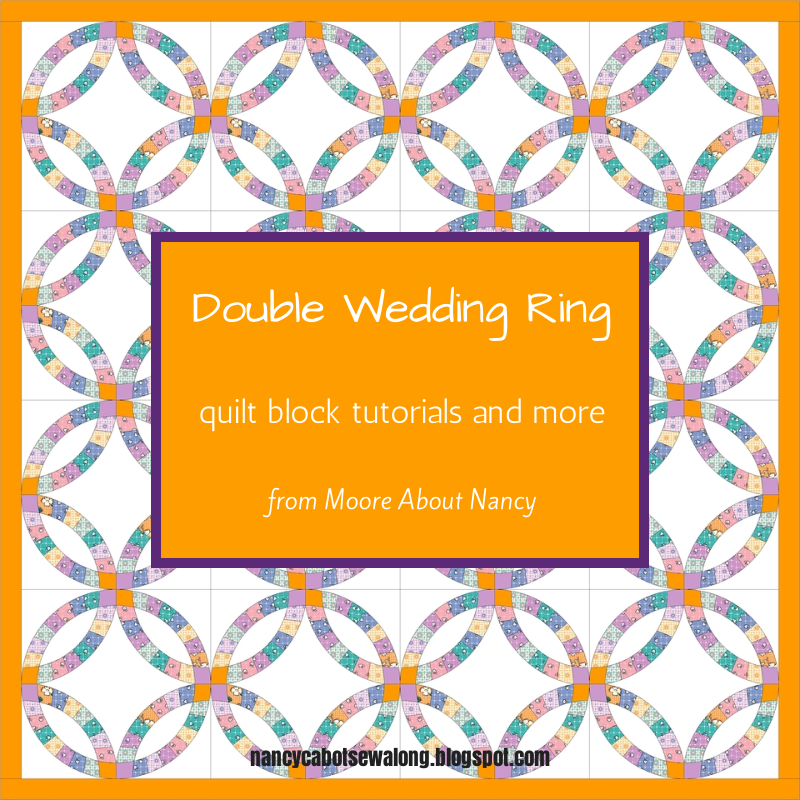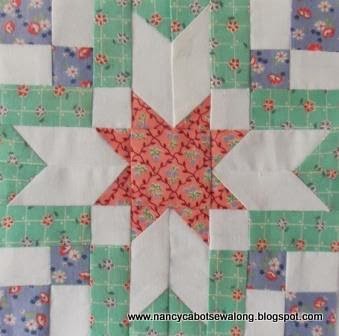 |
| Double Wedding Ring |
October 3, 1933-The
Double Wedding Ring is one of those quilt patterns that is known by most quilters.
Nancy Cabot said this about the
Double Wedding Ring quilt pattern when publishing her own pattern in the Chicago Tribune, "Perhaps the revived popularity of the double ring marriage service accounts for the renewed popularity of this old and interesting quilt pattern, which one expert estimates has been used more than any other in the many years of quilt history."
Nancy's statement seems to conflict with research that says the pattern was introduced in 1928 by Capper's Weekly. In 1933, it would have been a new quilt design not an old one! I would have to agree with Nancy based on this
ad for Mountain Mist batting in Woman's World 1931. A woman is saying that she made this pattern based on one her grandmother made before the Civil War!
However long it has been around, the
Double Wedding Ring quilt is still popular today. I love this story at
Sewing Over Pins about Claire and her great grandmother's influence in making her first quilt. Here is her great grandmother's
Double Wedding Ring quilt with a close up below-
Why Quilts Matter has an excellent post about
Double Wedding Ring quilts with lots of pictures such as these very different versions-
There are many examples of
Double Wedding Ring antique quilts and new quilts to be found and many techniques have been used to make the quilt. So many so, that I have dedicated another post just to tutorials and other interesting info. on
Double Wedding Ring quilts. Click on the graphic below to be taken to my
Double Wedding Ring quilt block tutorials and more post.
I didn't make this block for my sampler quilt because I don't think it's suitable for a sampler. It looks best when used in a whole quilt so you get the intended effect of the rings.
Tomorrow-Brown-Eyed Susans

















































